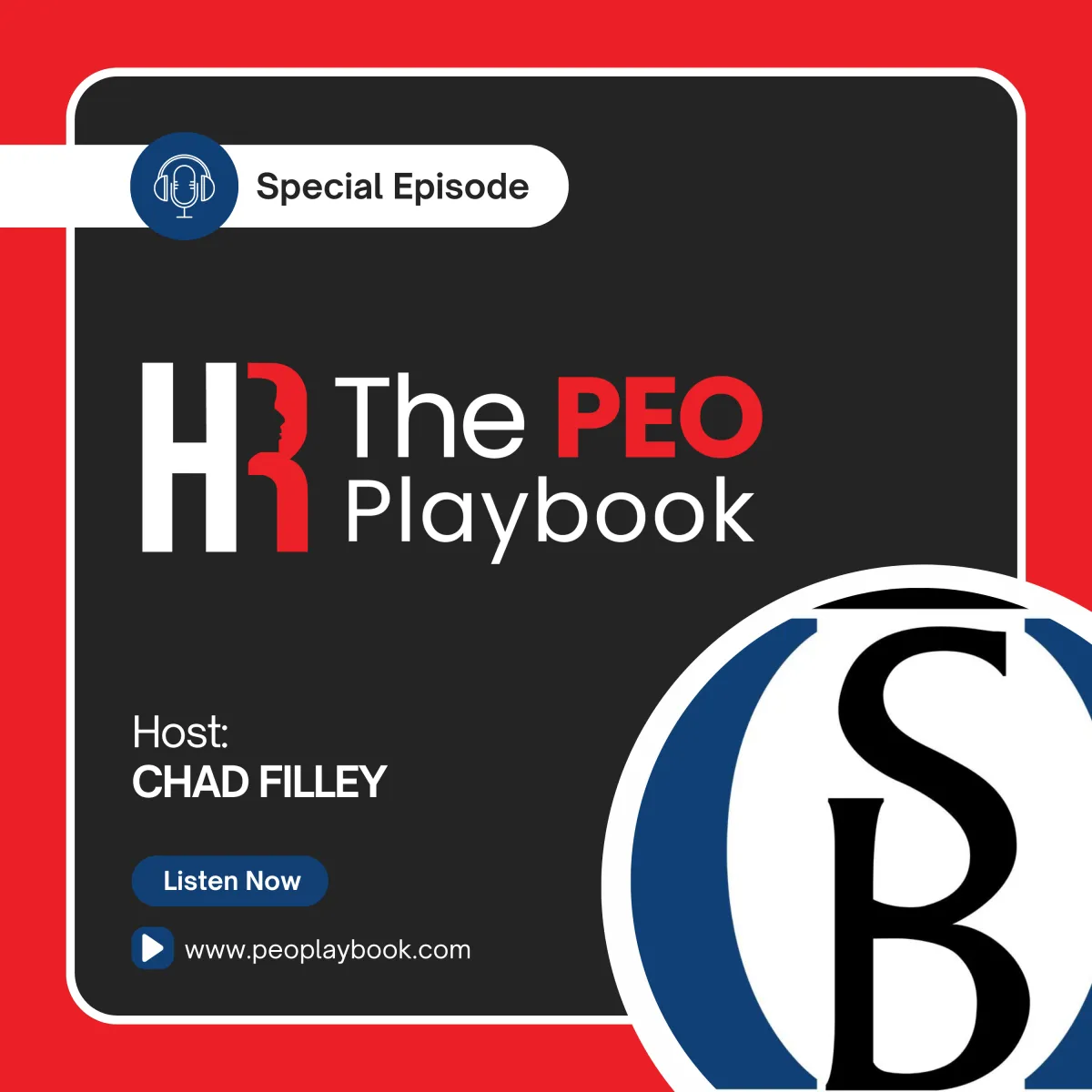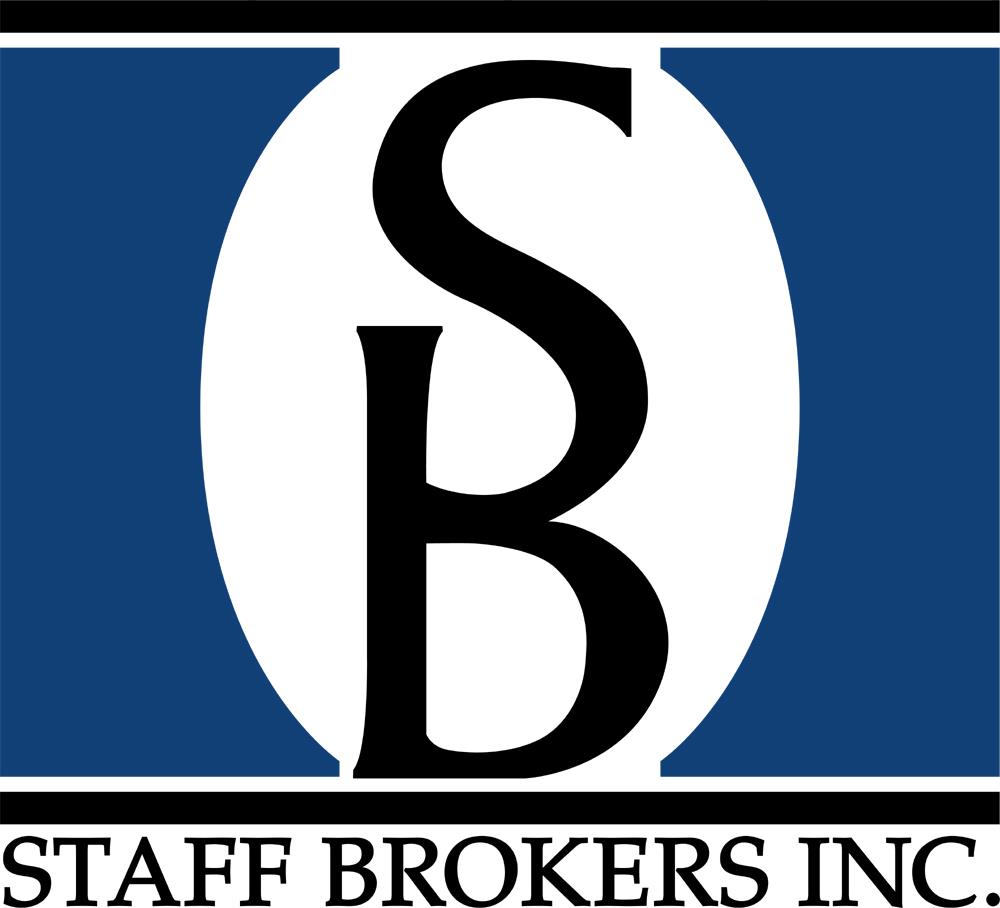
Why Your Employee Handbook Could Hurt You—and How a PEO Can Help
Why Your Employee Handbook Could Hurt You and How a PEO Can Help
When things go wrong with an employee, one document almost always gets pulled first: the employee handbook.
Did you follow your own rules? Were they fair? Did they apply to everyone?
If you’re a business owner without a clearly written, legally sound handbook—or worse, if your handbook includes rules you don’t consistently enforce you may be setting yourself up for a costly legal battle.
In this episode of The PEO Playbook, Chad Filley of Staff Brokers explains how partnering with a PEO (Professional Employer Organization) can help you create an employee handbook that protects your company instead of exposing it.
The Purpose of an Employee Handbook
An employee handbook is more than just a formality. It outlines your company’s policies, expectations, and legal responsibilities and it’s the first thing an attorney will look at when disputes arise.
The problem? Most handbooks are either:
Too vague to protect the business
Too rigid to be realistically enforced
Worse, if you treat one employee differently from another under the same policy, you could end up facing a discrimination claim.
How a PEO Improves the Process
Here’s where a PEO comes in.
PEOs are employers by design. They keep up with changing laws, help companies operate across multiple states, and guide business owners through crafting policies that are:
Legally compliant
Customizable
Actually enforceable
From workplace harassment and dress code policies to PTO, tardiness, drug testing, and even bathroom breaks a PEO helps you define what you need, avoid what you don’t, and stay compliant in the process.
🛠️ Three Ways PEOs Help You Build the Right Handbook
1. Legal Expertise Without the Law Firm Fees
PEOs have compliance experts who understand state and federal requirements, including ADA, leave policies, and evolving issues like cannabis laws.
2. Customized Templates & Consultative Design
Some PEOs provide templated forms; others walk you through 30+ questions to build your handbook from scratch. Either way, you end up with a solution tailored to your business.
3. Review & Cleanup of Existing Handbooks
Already have a handbook? Great. A PEO can audit it for outdated language, missing policies, and inconsistencies that could land you in hot water.
What NOT to Put in Your Handbook
One of the biggest mistakes business owners make is writing policies they won’t enforce. For example:
“Three tardies equals a write-up”
“Two no-shows equals termination”
If you write it, you must follow it for every employee, every time. Otherwise, it’s grounds for legal trouble.
Instead, PEOs help you write flexible disciplinary language like:
“Disciplinary actions will be determined based on the severity of the violation.”
This gives you room to manage issues without locking you into rigid rules you’ll regret.
Benefits, Enrollment, and Communication Clarity
Handbooks also cover vital HR logistics like:
When benefits begin
How open enrollment works
Who to contact with questions
What happens if deadlines are missed
A PEO ensures these sections are detailed, accurate, and clear so you’re protected when someone says, “I didn’t know.”
Create the Policy Before You Need It
If you wait until an incident to create a policy, guess what?
That first incident becomes your de facto policy and you’ll be expected to repeat it in the future.
PEOs help you build policies proactively, using their experience from working with thousands of employers to prepare for the situations most small business owners don’t anticipate.
Final Takeaway: Don’t Get Handcuffed by Your Own Handbook
The best employee handbook protects you without boxing you in.
The best way to build one? Partner with a PEO who’s done it before.
Want to protect your business with a compliant, enforceable employee handbook?
Visit PEOPlaybook.com/BookNow to get started.
